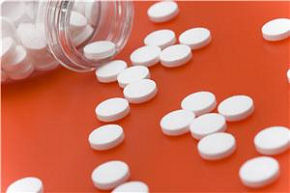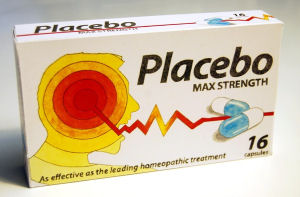
Biologists at the University of California, San Diego have discovered how to genetically convert leaves into petals, an achievement that may be the botanical equivalent of the medieval alchemists’ dream of transmuting iron into gold.
In a cover article in the February issue of the scientific journal Current Biology, the UCSD scientists show that a new class of floral genes that they recently discovered, together with three other genes responsible for flower development, are sufficient to convert leaves into petals.
“This is a very exciting discovery,” notes Martin F. Yanofsky, a professor of biology at UCSD who conducted the study with UCSD biologist Soraya Pelaz in collaboration with Rosalinda Tapia-Lopez and Elena R. Alvarez-Buylla of the National Autonomous University of Mexico in Mexico City. “We’ve known for a decade how to convert the flower organs into leaves, but we haven’t been able to convert leaves into flower organs. We knew we were missing a piece of the puzzle and now we know exactly what we were missing.”
Normal flowers consist of a series of four rings or “whorls.” The outermost whorl is made up of sepals, the green leaf-like organ that normally surrounds the flower bud before it opens. Inside the sepals is a ring of petals, then a ring of stamens, the male reproductive structures, and at the center are the carpels (often referred to as the pistils), the female reproductive structures.
More than 200 years ago, biologists proposed that the sepal, petal, stamen and carpel organs that make up a typical flower represent modified leaves. But despite rapid progress by researchers around the world over the past decade in isolating key flower-control genes, no one had been able to convert leaves into each of the flower organs.
Last May, Yanofsky and his colleagues at UCSD published a paper in the journal Nature describing their discovery that a trio of identical genes that, when mutated in concert, produce an abnormality that had been known for 2,000 years, but which scientists had never before understood. This abnormality, prized within the flower industry and known as a “double flower,” results when the petals, stamens and carpels of the flower are all converted into sepals.
The UCSD scientists discovered that this reiterative process of producing a flower within a flower within a flower continues indefinitely in plants with a trio of mutated SEP genes-or at least until the smallest organs of the flower can’t be detected. Many roses, camellias and impatiens, as well as a host of other plants produce these double flowers. They must be grown from plant cuttings because the plants, having lost their reproductive organs, are effectively sterile.
In the latest discovery, the UCSD biologists report that they found in the mustard plant, Arabidopsis, that two of the SEP genes, in combination with three other genes responsible for floral development, are “sufficient to convert leaves into petals.” The three other genes are part of complex known to specify the development of sepals, petals and stamens. These genes are normally not expressed in leaves, so the task of producing plants capable of expressing all five genes in leaves was an arduous one for the researchers.
“To do this, we did it one at a time and then started crossing them together, each time selecting for plants that had the additional gene introduced,” says Yanofsky. “Each of the genes we work with is normally active only in the flower. So we had to use genetic tricks to turn on five different genes in leaves, where they are normally not active. In all, the crossings alone took about a year just to finally obtain plants that expressed all five genes simultaneously in leaves. It wasn’t easy, but the result was very satisfying.”


















Comments are closed.